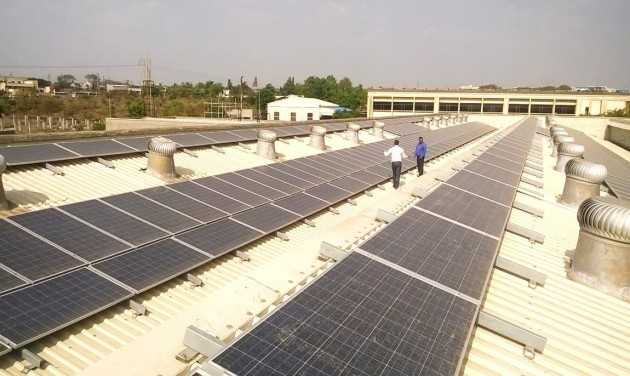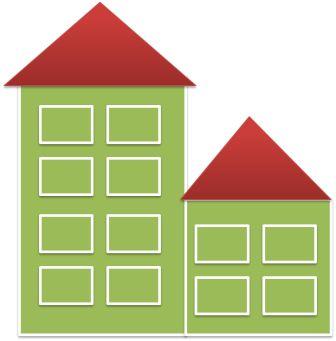Is It Possible To Power The Entire World With Just Solar Energy?
The sun is the primary source of energy on earth. The earth’s surface receives only a part of the solar radiation (2 units out of 1,00,00,00,000 units of energy radiated by the sun) known as Solar Insolation.

The interesting piece of research has been published by Finder.com, it is an independent comparison platform and information service aiming to provide tools people need to make better decisions.
Our topic of discussion here is solar energy input and utilization for developmental purposes. Therefore, Finder.com carried a comparative analysis regarding solar energy production which can be potentially undertaken in countries all over the globe. The research shows some good insights into the world of solar energy and puts to test how much area is needed in a country for solar power.
Methodology Followed
To calculate the area of solar panels required, the following equation was used –
E = A * r * H * PR
- Sum of the countries’ electricity, natural gas, and refined petroleum products consumption according to the CIA World Factbook, provide energy (E).
- Using the default values suggested by photovoltaic-software.com, solar panel efficiency (r) and performance ratio (PR) was calculated.
- Averaging the total yearly values given for each country in OpenSolarDB, annual average solar radiation (H), was found.
Countries for which either the World Factbook or OpenSolarDB didn’t have data were left out of the analysis. Total area required to power the world was estimated by determination of the average area needed for a country, and then multiplying it by the total number of countries i.e. 195.
The solar panel area (in square kilometers) and percentage of country that would be be utilized for solar energy production are provided for four of the countries below:
- UK: 29690 – 12.3%
- US: 129,390 – 1.4%
- Australia: 6270 – 0.1%
- India: 22,730 – 0.8%
There are two main factors at play here. These are the amount of sun that a country gets, and the amount of energy it uses.
The required area is probably a doable amount for most countries. Using less than 5% of their land, about 87% of the countries could power themselves with solar energy. The UK requires 12.3% of its land to be covered in solar panels. This may seem like a lot but has benefits beyond the limit.
In total, Earth would need about 1.1 million square kilometers of solar panels to power itself, which is fascinatingly less than the area of South Africa. It’s true that we can’t replace South Africa with solar panels, but disseminating this area out across the world seems like something global citizens could achieve in the future (Check more here).
Solar Power in India
- A look into SECI
To facilitate the implementation of Jawaharlal Nehru National Solar Mission, Solar Energy Corporation of India Ltd. was formed under Ministry of New and Renewable Energy. It is the only Central Public Sector Undertaking dedicated to the solar energy sector.
SECI is responsible for implementation of a number of government schemes. Major ones are the solar park scheme and grid-connected solar rooftop scheme, VGF schemes for large-scale grid-connected projects under Jawaharlal Nehru National Solar Mission (JNNSM), along with a number of other specialized schemes like Indo-Pak border scheme, defense scheme, and canal-top scheme.
- Net Metering
It’s agreement that allows the solar PV system owner to sell excess solar energy to the utility company or buy deficit energy from the utility company using a meter to track this energy exchange. The owner pays/gains for the ‘net’ energy used over the designated period of time (Check more here).
The launch of the International Solar Alliance, by PM Narendra Modi, for ultimate solar power utilization, and efficient exploitation of solar energy to reduce dependency on fossil fuels showcases that India is ready to work against the use of fossil fuels and climate change just as well as the developed nations. This alliance displays the country’s determination and willingness to work towards a better future based on world-cooperation. The framework agreement of the ISA opened for signatures in Marrakech, Morroco in November 2016 (Check more here).
Author’s Bio:
Adeela Hameed is pursuing Masters in Environmental Sciences from Amity University, Noida.



very nice and beautiful artcile.